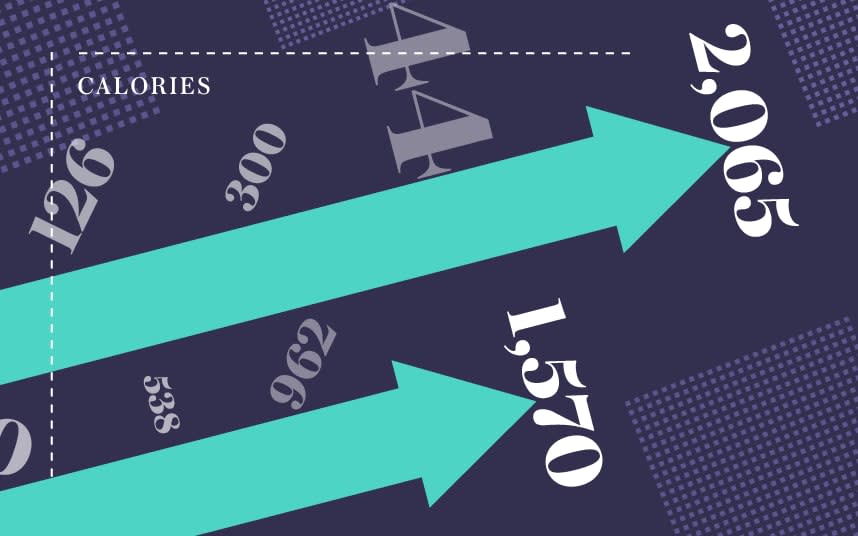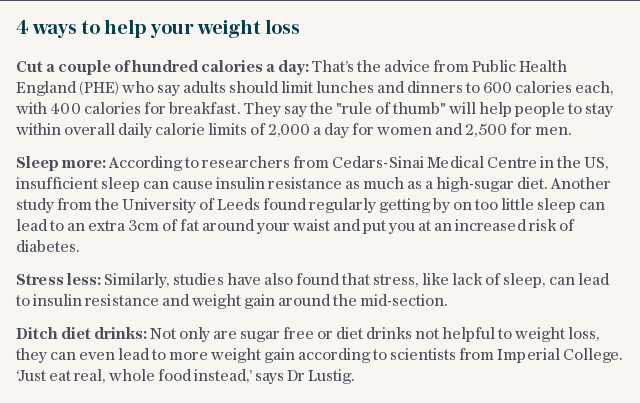Most restaurant diners want calorie counts on the menu

Most diners wants to be told the calorie count of restaurant meals, new polling suggests.
The survey carried out for Diabetes UK found six in ten adults said they would be more likely to choose a venue if it’s menus provided such details.
Almost as many said they would prefer restaurants and cafes which offered a “reduced calorie” range.
The findings from a survey of more than 2,000 adults, carried out by ComRes, come as officials are drawing up an updated childhood obesity strategy, which could include recommendations for clearer labelling of foods.
The plans are likely to include a clampdown on advertising, with calls for no advertising of junk foods ahead of the 9pm watershed.
Diabetes UK called on the Government to commit to introducing mandatory traffic light labelling on all pre-packaged food and drinks, and to take steps to ensure restaurants provided diners with information about the calorie content of their meals.

The polls found 59 per cent of adults said they were more likely to buy from an eating establishment where calorie labelling on food menus was available, while 57 per cent said they would be more likely to choose venues which offered a reduced calorie range.
Helen Dickens, the charity’s assistant director of campaigns and mobilisation said: “These findings are a clear indicator, not only to Government, but also to the food and drink and service industries, that the public has an appetite to see better information about the food they’re buying, and they’re willing to vote with their wallets. It’s not just good for the health of the public; it’s good for business as well.”
Two in three adults in the UK are overweight or obese, along with one in three children leaving primary school.
Ms Dickens said: “It’s becoming increasingly difficult for the Government, and industry, to ignore the wishes of the consumer. The British public have spoken, and it’s time for government to act, and take this simple, bold step to improving the health of the nation.”

Last year Public Health England called on restaurants, retailers and manufacturers to cut the number of calories in foods by 20 per cent by 2024.
Charities have also called on ministers to clamp down on “two for one” promotions on chocolate, with calls for a ban on allowing any junk food restaurants to open within 400 metres of schools.
Earlier this year research found putting calories on restaurant and cafe menus cuts intake by around 12 per cent.

The review led by Cambridge University found that consumers given information about the calories in each meal were likely to think twice about what they chose.
Researchers examined evidence from 28 studies, and found that the best research suggested that the presence of labels cut calorie intake by around one eighth.


 Yahoo News
Yahoo News 
